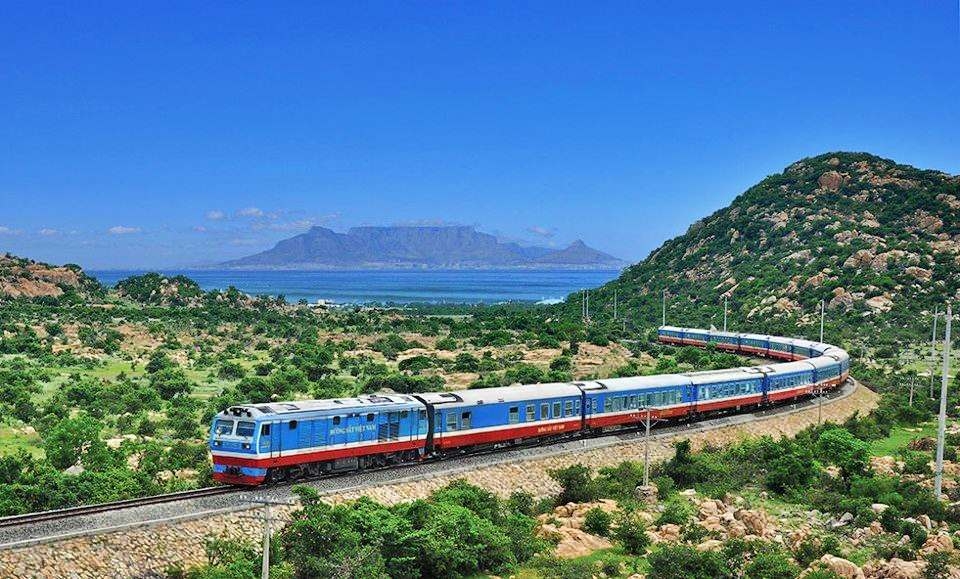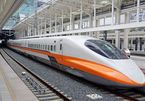 |
|
The national railway network travels through 34 cities and provinces.
|
After approval of the railway network draft planning for 2021-2030, with vision towards 2050, that the Ministry of Transport just submitted to the prime minister for approval, the national railway network would consist of 25 routes spanning over more than 6,400km in total by 2050.
Compared to the existing network, 18 new routes would join the system by 2050, with an additional 1,538km.
Accordingly, the seven key routes spanning 2,440km include the Hanoi-Ho Chi Minh City; Hanoi-Lao Cai; Hanoi (Gia Lam)-Haiphong; Hanoi (Dong Anh)-Thai Nguyen (Quan Trieu); Hanoi (Yen Vien)-Lang Son (Dong Dang); Kep (Bac Giang province)-Chi Linh (Hai Duong province); and Kep-Luu Xa (Thai Nguyen city) routes.
As for new routes, efforts will gear towards completing the routes within the North-South express railway network; and other routes such as Bien Hoa-Vung Tau, Vung Ang-Tan Ap-Mu Gia, Di An-Loc Ninh, Ho Chi Minh City-Can Tho, Lao Cai-Hanoi-Haiphong, and Hanoi-Dong Dang.
| As for investment capital, the draft scheme has set the total estimated capital demand for renovating existing railway network and new investments at VND240 trillion ($10.43 billion), to be raised from state budget, and other legitimate capital sources. |
During 2021-2030, along with capital to implement these projects, the draft scheme proposes prioritising capital sources to complete two express railway sections – the Hanoi-Vinh and Ho Chi Minh City-Nha Trang sections – in the North-South network.
Priority shall be given to finalise the Vinh-Danang section before 2040, and the Danang-Nha Trang section by 2050.
Also during 2021-2030, efforts shall be made to complete the construction of important routes as the Yen Vien-Pha Lai-Halong-Cai Lan port; building a route linking Lach Huyen in Haiphong city to the Yen Vien-Pha Lai-Halong-Cai Lan port route, as well as building the ring railroad in Hanoi’s east connecting Ngoc Hoi-Lac Dao-Bac Hong.
The draft envisages regional and interregional rail lines based on actual demand, such as a coastal rail line connecting several important locations, including one heading to Laos.
In addition, the draft also aims to connect localities in the Central Highlands region and restore the 84km-long Thap Cham-Da Lat route.
The draft has set the total estimated capital demand for renovating the existing railway network more than $10.40 billion, to be raised from state budget and other sources.
The total land fund up to 2030 is set at over 16,419ha, making up 7 per cent of the sector’s total land fund demand. Of which, occupied space amounts around 10,773ha.
With the seven main routes, the national railway network currently travels through 34 cities and provinces. Average train speed reaches 50-70km per hour, with throughput capacity for 15-17 pairs of trains per day.
Source: VIR

High-speed railways and Vietnam's options
High-speed railways in countries around the world currently run at a speed of 200-250km/hour. Vietnam plans to have a high-speed railway system in the next 10 years, but so far it has not yet been able to choose technology and train speed.